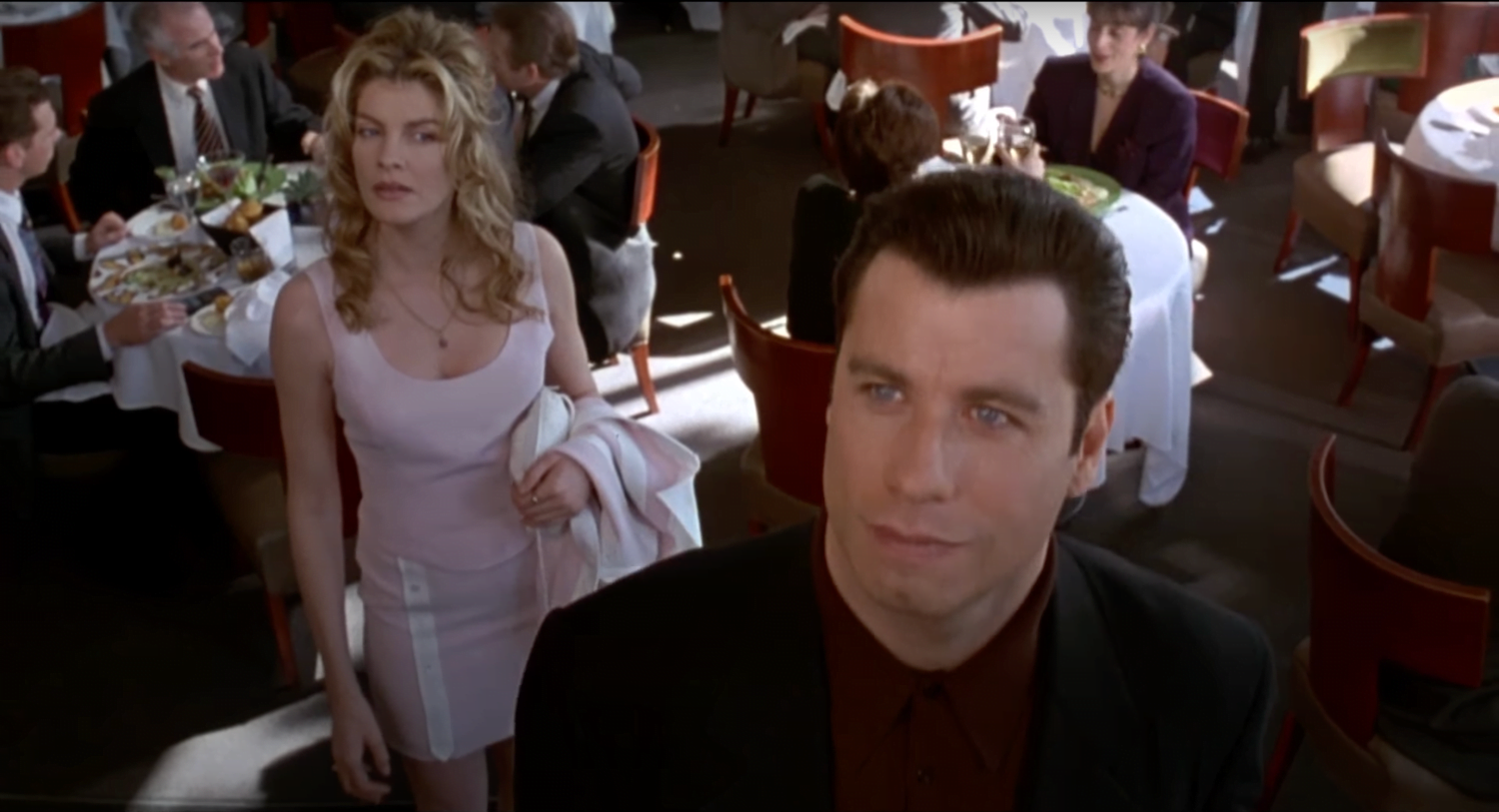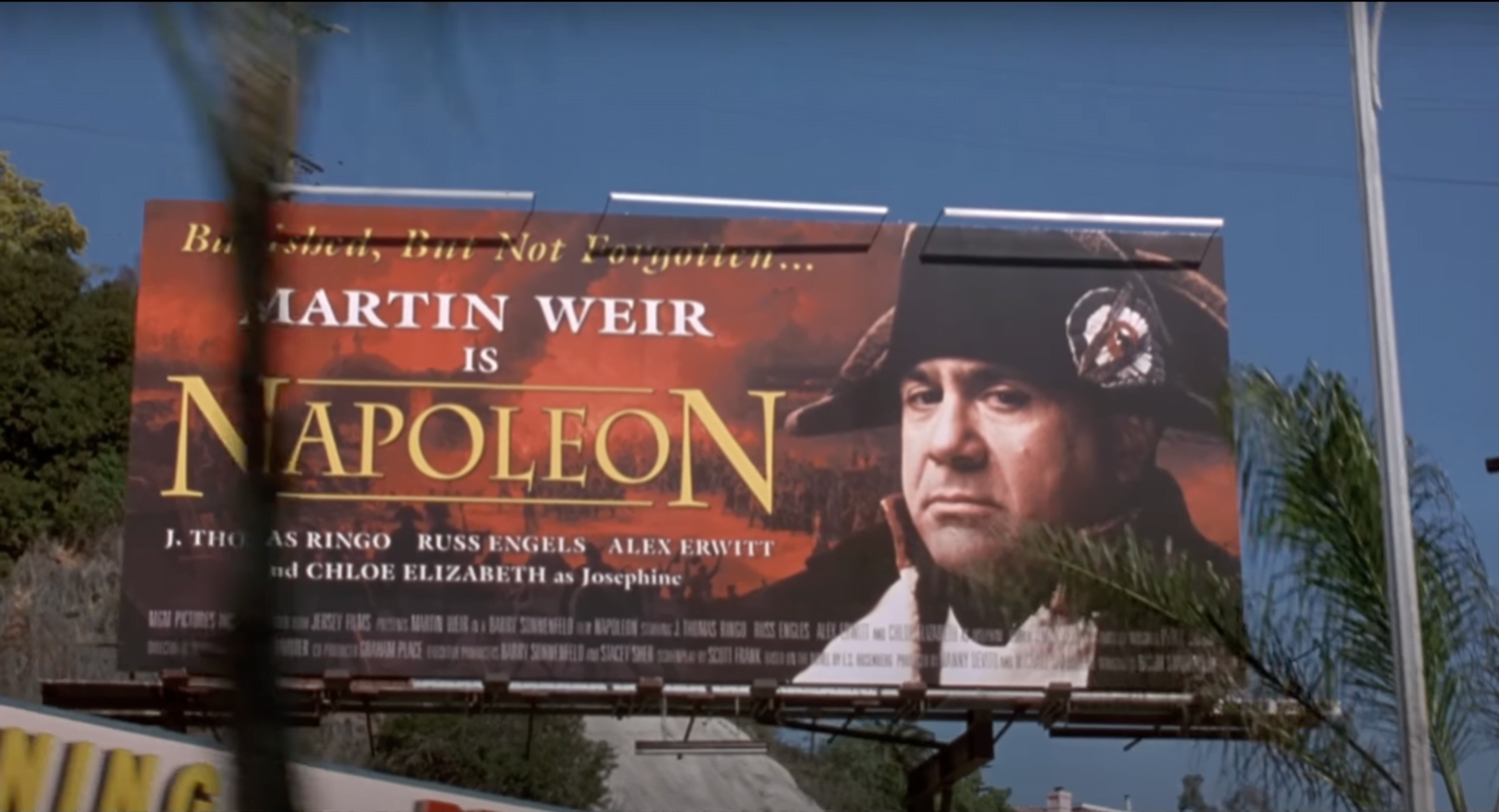1995 was a feast for moviegoers. MIchael Mann’s Heat was setting an epic new standard for cops-and-robbers films. George Miller was setting a new gold standard for big-screen children’s stories with Babe. Pixar’s Toy Story launched an unprecedented run of feature animation excellence that would eventually become a Disney revolution. Emma Thompson’s Sense and Sensibility became an instant classic of literary adaptation. Richard Linklater’s Before Sunrise began an ambitious trilogy par excellence. Visionaries like Jim Jarmusch (Dead Man), Todd Haynes (Safe), and David Fincher (Seven) were doing groundbreaking work.
I had just graduated from college, I was living on my own for the first time, I was working full-time for the City of Seattle’s Department of Construction and Land Use. The ripple effects of Tarantino’s Pulp Fiction were still obvious in new releases like The Usual Suspects and the third Die Hard film — even influencing Scorsese’s Casino in some ways. But few imitators were as deliberate in their Pulp Fiction adoration as Barry Sonnenfeld’s 1995 smash Get Shorty.
As Anne and I browsed our home library this week for something high-spirited and funny, she took an interest in revisiting Get Shorty. I hadn’t seen it in at least 20 years, and I couldn’t remember much about it… until I pressed ‘Play.” It all came back to me so quickly and vividly that I could recite some of the lines along with the stars. I must have seen this several times in ’95. And yet I can’t find any evidence that I ever reviewed it. So, 26 years later, here are some thoughts.
Entertaining and frivolous, Get Shorty isn’t much more than a slick, smooth-riding vehicle large enough to carry a bunch of movie stars doing movie-starrish things in their prime. To borrow a phrase from the movie itself… it’s “the Cadillac of minivans.”

This is probably the best romp of the Tarantino-Lite genre that blew up after Pulp Fiction, even though it owes just as much to George Gallo’s Midnight Run (particularly in its sending of Dennis Farina to the airport in the climactic moments). And it pales in comparison to both films in one significant way: where Tarantino and Gallo know how to make music of profanity, here the abundant f-bombs just stuff the screenplay like styrofoam packing peanuts.

For all of the giddy pleasures of Sonnenfeld’s playful cinematography — he’s a director who seems perpetually starstruck in the presence of celebrities no matter what movie he’s making — there is too much of an ‘ick’-factor here for this to ever feel like guilt-free fun. (Note now the young Columbian character Yayo and the prominent Black pimp-costumed drug dealer are the two be shot to death for laughs; how the film’s primary villain is such a “likable goofball,” but we still have to watch him give a particularly cruel beating to a vulnerable woman so we know he’s the guy we should really be rooting against in this amoral morass; and then how our charismatic hero makes a point of expressing his disinterest in working on a movie with a “colored” lead. In 2021, these things ring out as worryingly dissonant in the film’s prevailing context of casual white-boy cool.)

Like Palmer himself, this movie is too in love with Hollywood to be memorably subversive. We’ll have to revisit Altman’s The Player if we want a send-up of studio shenanigans that stings.